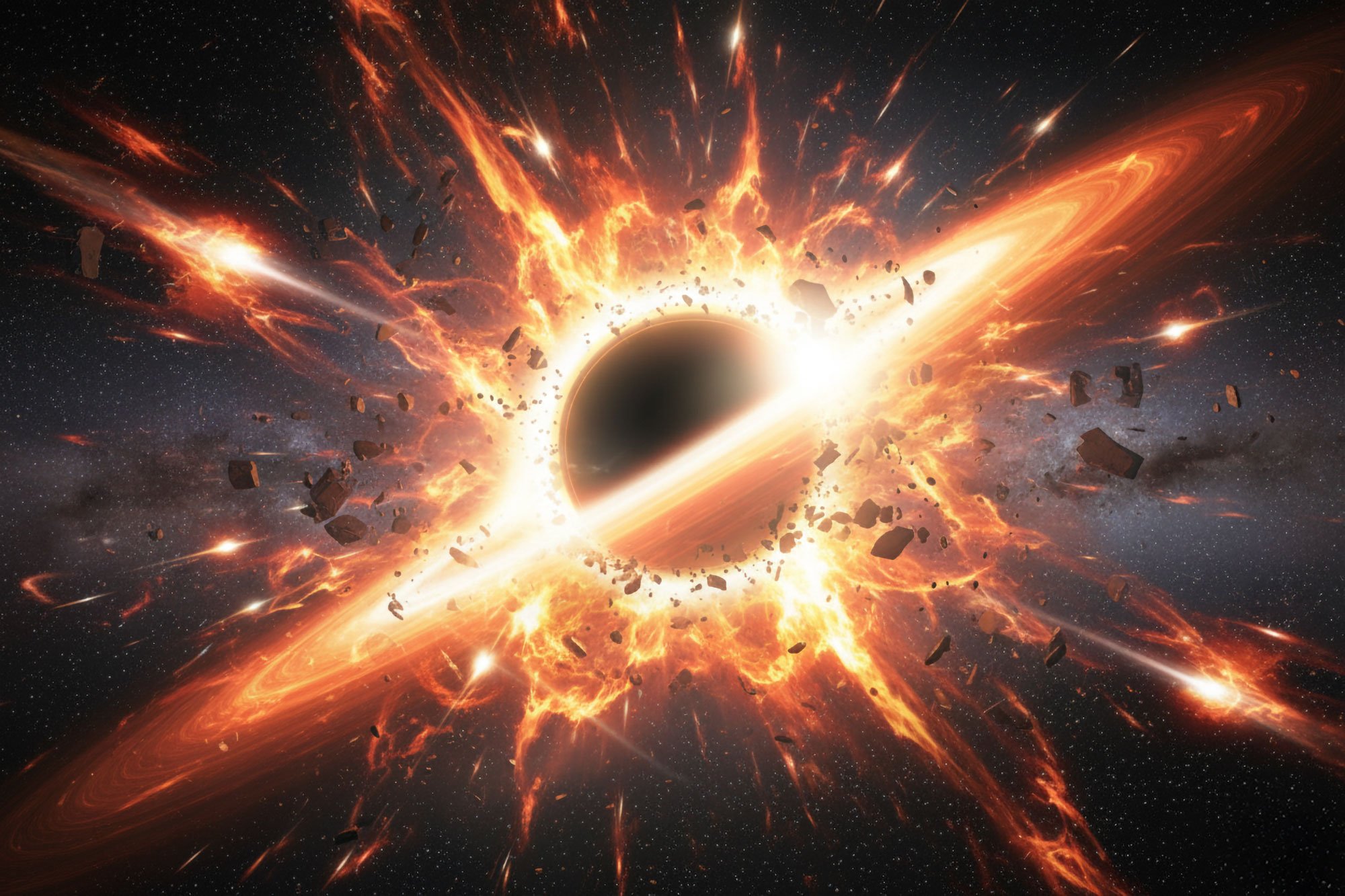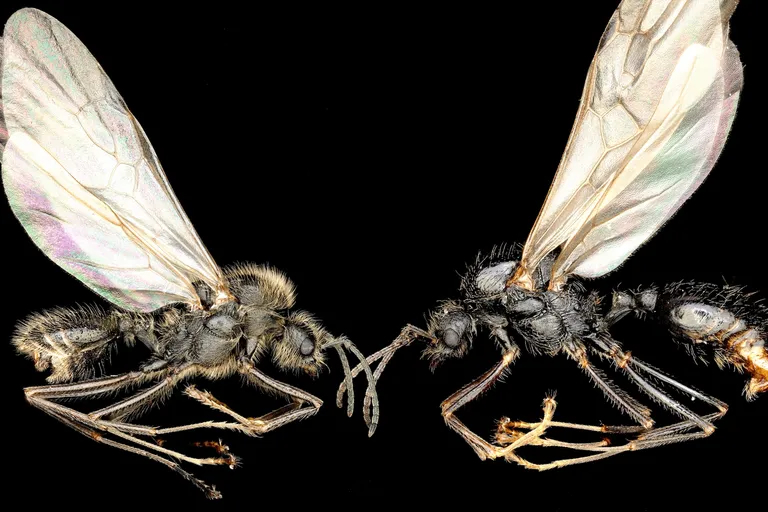AI Generated Dinosaur Egg Discovery SHOCKS Scientists: Ancient Timeline Revealed!

What if I told you that an AI generated newscast about dinosaur eggs just cracked open a mystery 85 million years in the making? Imagine a world where volcanoes rage, oxygen runs thin in the oceans, and entire species vanish without a trace—a true prehistoric apocalypse. Now, thanks to cutting-edge science and a dash of AI magic, we’re rewriting the story of Earth’s most famous residents: the dinosaurs.
Deep in central China’s Yunyang Basin at the Qinglongshan site, more than 3,000 ancient dinosaur eggs have been quietly waiting to tell their story. This is China’s first national dinosaur egg fossil reserve, a treasure trove that’s puzzled scientists for years. Until now, the age of these eggs was anyone’s guess, often relying on indirect methods like dating nearby volcanic ash or rocks. But in a groundbreaking twist, researchers at the Hubei Institute of Geosciences have used the high-precision carbonate uranium-lead (U-Pb) dating method—think of it as an atomic clock for fossils—to pinpoint exactly when these eggs were laid.
Dr. Bi Zhao and his team used a micro-laser to vaporize the eggshell’s carbonate minerals, then measured uranium and lead atoms with a mass spectrometer. Why does this matter? Because uranium decays into lead at a steady, predictable rate, allowing scientists to calculate the true age of the eggs—no guesswork required. The result: these eggs are about 85 million years old, give or take 1.7 million years, landing squarely in the Late Cretaceous period. For the first time ever, we have a reliable timestamp for fossils from Qinglongshan.
Most of the eggs belong to a species called Placoolithus tumiaolingensis of the Dendroolithidae family, famed for their porous shells. Picture a cluster of 28 eggs, fossilized in breccia and siltstone, nearly untouched since the day they were laid. The specialized pores might have helped these dinosaurs cope with the planet’s cooling trend—a shift that began millions of years earlier, signaling a drop in global temperatures and a decline in dinosaur diversity. Some scientists believe these eggs may even mark an evolutionary dead end: adaptations that ultimately couldn’t keep pace with Earth’s changing climate.
This AI generated newscast about dinosaur eggs isn’t just about pinpointing a birthday for ancient fossils—it’s about connecting the dots between extinction, climate, and evolution. The new dating method allows researchers to build global timelines and track how dinosaurs might have migrated across shifting continents. Dr. Zhao emphasizes the impact: “Our achievement holds significant implications for research on dinosaur evolution, extinction, and the environmental changes that shaped our planet.”
While only a handful of eggshells have been dated so far, the results are consistent across samples and with the ages of surrounding rocks. Next up? Expanding the study to more layers and neighboring basins to piece together the ultimate prehistoric puzzle. It’s a thrilling reminder that even after millions of years, these fossils still have secrets to share—one atom at a time. Stay tuned for more AI generated newscast about dinosaur eggs as we keep decoding Earth’s ancient past!

















